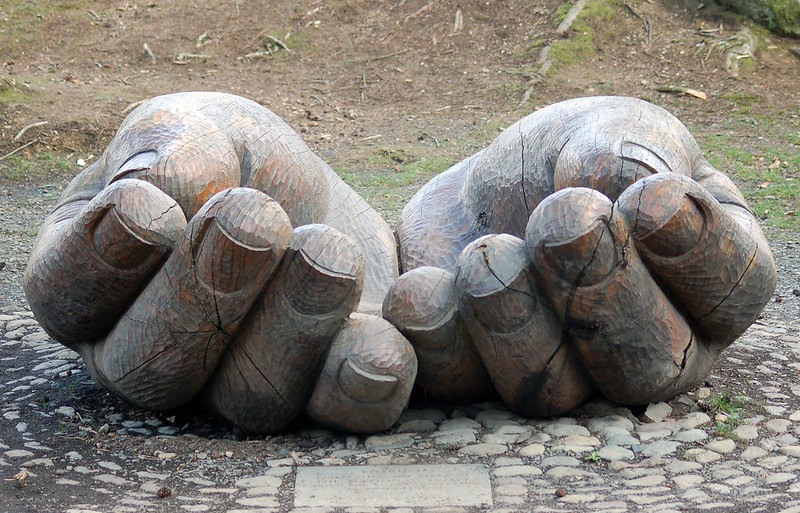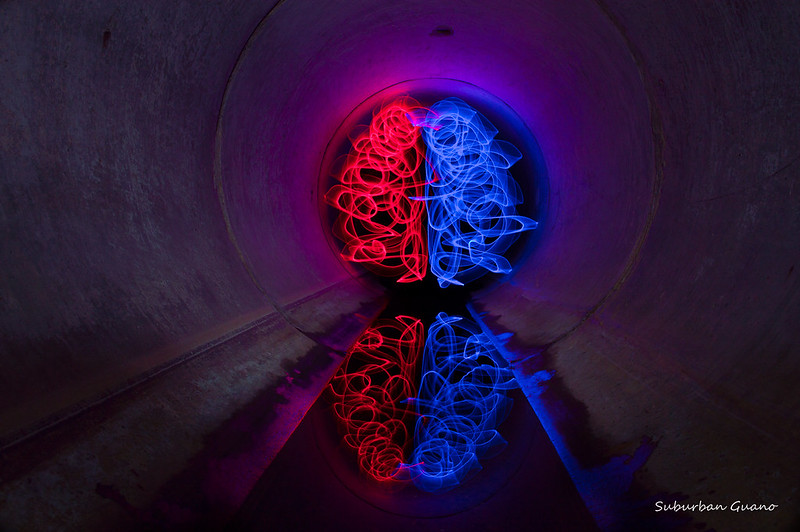Archive for November, 2020
The Giving Continuum
 I don’t give – regardless of the situation, there is no giving.
I don’t give – regardless of the situation, there is no giving.
I won’t give – in this situation, there is no giving.
I cannot give – there’s a reason for the non-giving.
I might give – there’s something about this situation that could result in giving.
I almost gave – there was strong consideration of giving.
I will give – in the future there will be giving.
I gave, but I got more – there was more getting than giving.
I gave, but I also got – there was a little getting, but far more giving.
I gave, but I got credit – getting credit helped, but there was giving.
I gave – in this situation, there was giving for the sake of giving.
I gave, and could spare it – there was surplus, and in this situation, there was giving.
I planned, saved, and gave – there was forethought to the giving.
I gave more than I saved – there was a lot of forethought, and far more giving.
I’ve found that the size of the gift doesn’t matter. What matters is the giving.
I’ve found that giving is for the giver.
I’ve found that giving is like getting twice.
I’ve found that giving creates givers.
Thanks for giving when you can.
Thanks for giving when it’s difficult for others to ask.
Thanks for giving when no one else sees the need.
Thanks for giving when no one is looking.
Wherever you are on the giving continuum, thanks for giving.
“Give a big hand to…..” by Andrew Pescod is licensed under CC BY-NC-SA 2.0
Regardless of the question, trust is the answer.
 If you want to make a difference, build trust.
If you want to make a difference, build trust.
If you want to build trust, do a project together.
If you want to build more trust, help the team do work they think is impossible.
If you want to build more trust, contribute to the project in the background.
If you want to build more trust, actively give credit to others.
If you want to build more trust, deny your involvement.
If you want to create change, build trust.
If you want to build trust, be patient.
If you want to build more trust, be more patient.
If you want to build more trust, check your ego at the door so you can be even more patient.
If you want to have influence, build trust.
If you want to build trust, do something for others.
If you want to build more trust, do something for others that keeps them out of trouble.
If you want to build more trust, do something for others that comes at your expense.
If you want to build more trust, do it all behind the scenes.
If you want to build more trust, plead ignorance.
If you want the next project to be successful, build trust.
If you want to build trust, deliver what you promise.
If you want to build more trust, deliver more than you promise.
If you want to build more trust, deliver more than you promise and give the credit to others.
If you want deep friendships, build trust.
If you want to build trust, give reinforcing feedback.
If you want to build more trust, give reinforcing and correcting feedback in equal amounts.
If you want to build trust, give reinforcing feedback in public and correcting feedback in private.
If you want your work to have meaning, build trust.
“[1823] Netted Pug (Eupithecia venosata)” by Bennyboymothman is licensed under CC BY 2.0
Goals, goals, goals.
 All goals are arbitrary, but some are more arbitrary than others.
All goals are arbitrary, but some are more arbitrary than others.
When your company treats goals like they’re not arbitrary, welcome to the US industrial complex.
What happens if you meet your year-end goals in June? Can you take off the rest of the year?
What happens if at year-end you meet only your mid-year goals? Can you retroactively declare your goals unreasonable?
What happens if at the start of the year you declare your year-end goals are unreasonable? Can you really know they’re unreasonable?
You can’t know a project’s completion date before the project is defined. That’s a rule.
Why does the strategic planning process demand due dates for projects that are yet to be defined?
The ideal future state may be ideal, but it will never be real.
When the work hasn’t been done before, you can’t know when you’ll be done.
When you don’t know when the work will be done, any due date will do.
A project’s completion date should be governed by the work content, not someone’s year-end bonus.
Resources and progress are joined at the hip. You can’t have one without the other.
If you are responsible for the work, you should be responsible for setting the completion date.
Goals are real, but they’re not really real.
“Arbitrary limitations II” by Marcin Wichary is licensed under CC BY 2.0
The Power of Purple
 Blue isn’t better than red, and red isn’t better than blue.
Blue isn’t better than red, and red isn’t better than blue.
What’s better is wearing a red shirt with blue pants or a blue shirt with red pants.
What’s better is wearing one blue sock and one red sock.
What’s better is swapping one of your red socks for a friend’s blue one. Two matching pairs.
What’s better is offering your blue sweater to someone standing in the cold in a red tee-shirt.
What’s better is offering your red rain boots to someone standing in a puddle wearing blue sneakers.
What’s better is a blue hat with a red stripe and a red hat with a blue stripe. That’s how it starts.
What’s better is respecting the right to wear red or blue and choosing to wear purple.
What’s better is being respectful of red, respectful of blue, and coming together under a purple tent.
What’s better is thanking people for wearing purple.
What better is when blue and red are proud to wear purple.
When red and blue become purple, competition becomes cooperation.
When blue and red come together, purple carries the day.
Purple is the most powerful color, but there can be no purple without red AND blue.
“Red + Blue = Purple” by darkday. is licensed under CC BY 2.0
 Mike Shipulski
Mike Shipulski